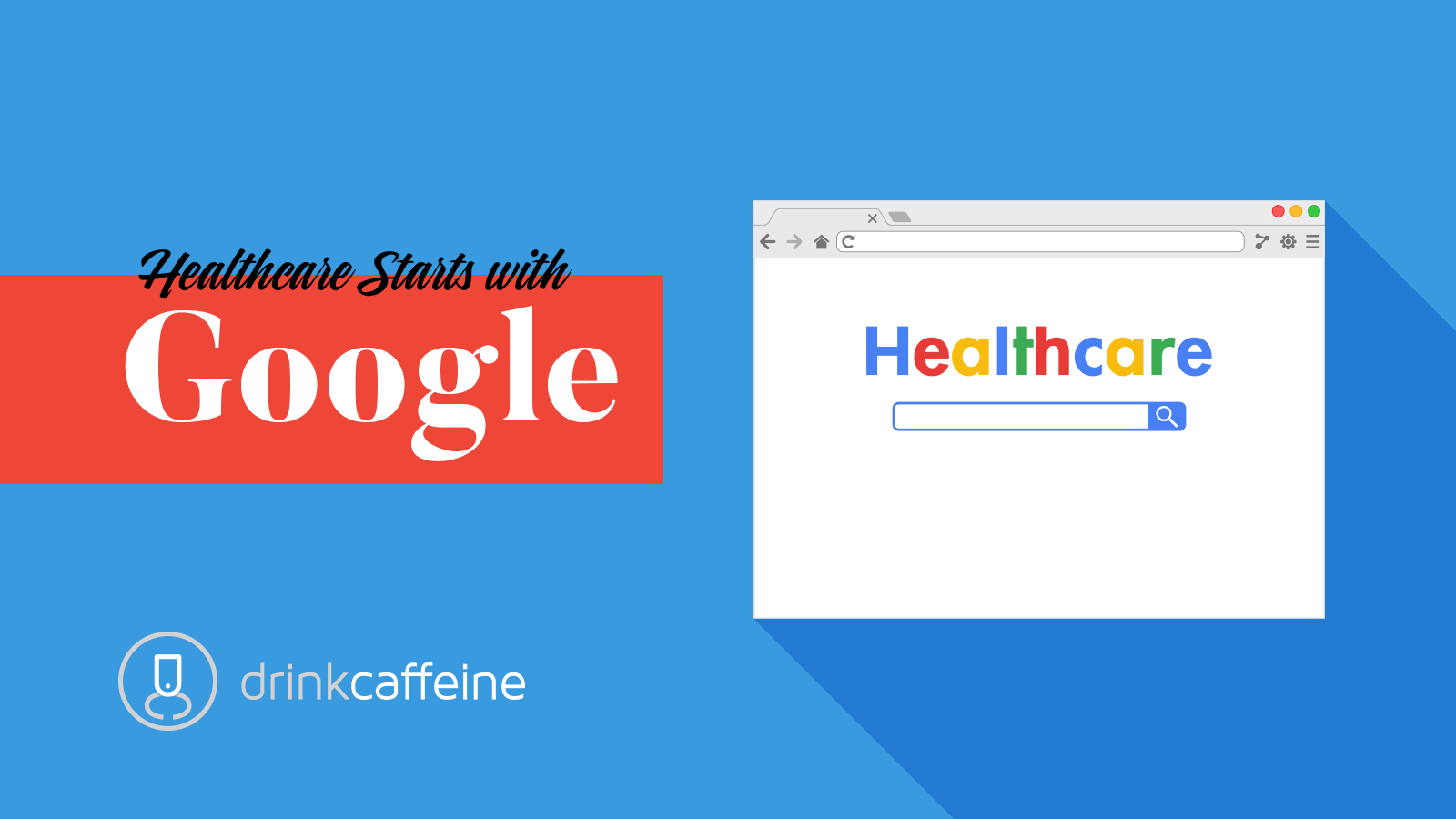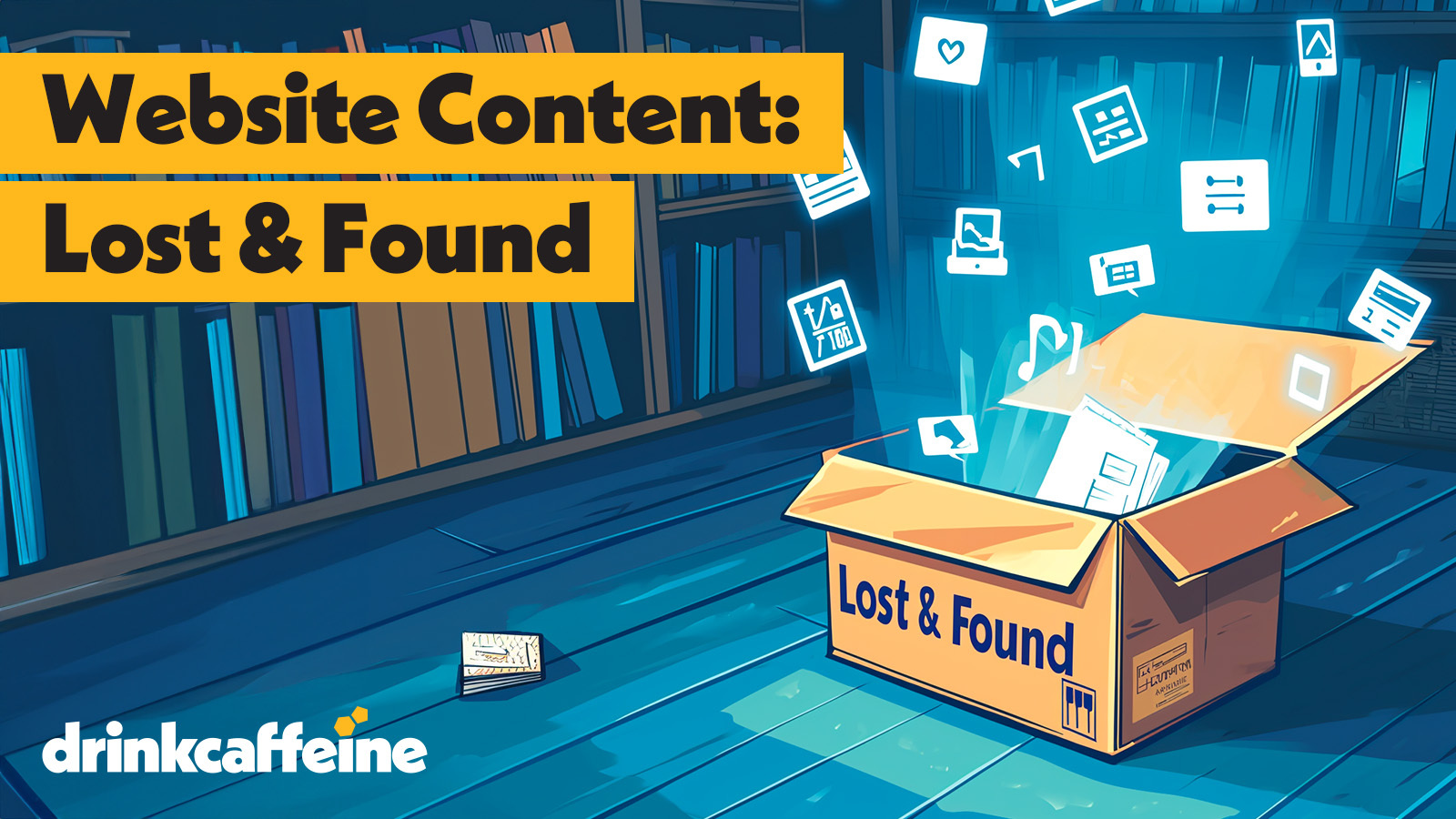
Medical marketers face an uphill fight in the world of paid search and PPC.
For starters, Google has tough standards and doesn’t like it when healthcare marketers step out of bounds.
Google does not allow remarketing, and Google Drive generally adheres to narrowly defined HIPAA standards regarding marketing content.
It won’t allow inflated statements or multiple exclamation points, and because 1 in 20 Google searches are related to healthcare, we must all sit up straight and listen.
Overcoming other obstacles
There’s no shortage of factors that make it difficult for healthcare marketers to succeed with paid placements in SERP content.
Keywords can get expensive in a hurry. And the combined fields of B2C and B2B healthcare marketing make the competitive landscape dizzying: Doctors seeking patients. Patients seeking insurers. Vendors targeting hospitals. Lab services. Pharmacies. Pharmaceutical brands. Not to mention the steady advance of doctor-rating sites.
Yet even with these obstacles, search-based healthcare marketing is worth considering – if you learn the tricks of the trade.
6 pointers for effective search marketing
- 1. Go Hyper Local. Location targeting in Adwords lets you zero in on key locations – crucial for primary care clinics, group medical practices, specialists, PTs, urgent care, and other consumer-facing healthcare organizations.
- 2. Think Small (Screen). Consumers continue to rely on healthcare sites for decision-making content. And since 60% of searches are originating from a mobile device, your site needs to be designed for mobile consumption and interaction.
- 3. Monitor Relentlessly. Rotate your ads for 3 months or so. Use negative keywords to keep your ads from appearing on irrelevant queries. And A/B test your ad content and keywords.
- 4. Blend It. Use display ads in addition to PPC to build brand awareness across multiple locations.
- 5. Link To Video. We like short-format “explainer videos” that allow viewers to click, take a slightly deeper dive into your content, and not be asked for a big time commitment.
- 6. Know The Consumer Journey. Healthcare selection and health conditions happen over time, so structure digital ad content according to the prospective patient’s path through their condition. Example: “Pregnant and Worried” sends a different message and reaches a different target than “Pregnancy: Week 30.”
As you already know, healthcare marketing gets complicated. To help you sort it out, we suggest a beverage and a conversation.

